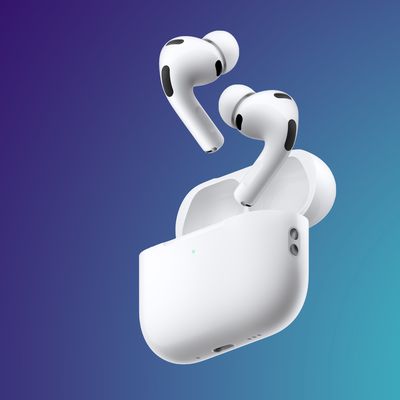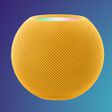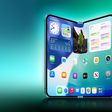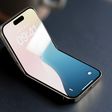Intel Outlines Next Generation Processors (Nehalem) Due in Late 2008
Intel's aggressive advancement of their processor technology has made it difficult for the casual onlooker to keep up.
Intel first introduced their current Core microarchitecture in Q1 2006. This represented a significant leap forward over their previous Pentium M microarchitecture. Apple took advantage of this transition and delivered some of their first Intel Macs using the Core-based processors. The Core microarchitecture spawned many processor revisions which were known by their code names: Merom, Conroe, Woodcrest, and Penryn. Many of these processors have been used in Apple's Macs over the past 2 years.
On Tuesday, Intel provided the first official information about the Nehalem microarchitecture -- the successor to the Core microarchitecture. Intel plans on phasing out the Core microarchitecture starting in late 2008 with the introduction of Nehalem-based server processors. Laptop and desktop processors based on Nehalem are not expected until 2009.
While we've touched on rumored Nehalem features before, Intel has officially confirmed many of those details. The key new features in Nehalem are Simultaneous multithreading, QuickConnect, and tri-channel DDR3 -- all of which are expected to bring a significant leap forward again in processor performance:
Nehalam should pack one heck of a punch once it debuts in late 2008. Mainstream/desktop shipments won't appear until 2009, but Intel's redeployment of SMT, combined with its first integrated memory controller and new QuickPath Interconnect, should toss Nehalem performance clock-per-clock into the stratosphere.
Popular Stories
You'd think things would be slowing down heading into the holidays, but this week saw a whirlwind of Apple leaks and rumors while Apple started its next cycle of betas following last week's release of iOS 26.2 and related updates.
This week also saw the release of a new Apple Music integration with ChatGPT, so read on below for all the details on this week's biggest stories!
Top Stories
i...
Next year's iPhone 18 Pro and iPhone 18 Pro Max will be equipped with under-screen Face ID, and the front camera will be moved to the top-left corner of the screen, according to a new report from The Information's Wayne Ma and Qianer Liu.
As a result of these changes, the report said the iPhone 18 Pro models will not have a pill-shaped Dynamic Island cutout at the top of the screen....
Since the beginning of December, Apple has been pushing iPhone users who opted to stay on iOS 18 to install iOS 26 instead. Apple started by making the iOS 18 upgrades less visible, and has now transitioned to making new iOS 18 updates unavailable on any device capable of running iOS 26.
If you have an iPhone 11 or later, Apple is no longer offering new versions of iOS 18, even though there...
Since the AirPods Pro 3 launched, there have been complaints from users who have noticed a static-like sound or a crackling issue when using the earbuds, particularly when Active Noise Cancellation is on but no media is playing. Users have also run into strange high-pitched whistling sounds that happen intermittently.
We shared the issues back in late October, and despite two subsequent...
There's now a dedicated Apple Music app for ChatGPT, which allows ChatGPT to make music recommendations and build playlists.
Apple Music can be added to ChatGPT through the Settings section in the Mac app, website, or iOS app. Apple Music is listed under the apps option, and connecting to it requires signing in with your Apple Account for authorization purposes.
ChatGPT can be used to...
Samsung has officially unveiled the Exynos 2600, the world's first 2 nanometer mobile system-on-a-chip (SoC), built on the company's Gate-All-Around (GAA) process. The 10-core ARM-based design aims to deliver improved performance and efficiency for flagship devices like the upcoming Galaxy S26 series.
The chip uses Arm's latest cores and supports new instructions for improved CPU speed and...
There has been a whirlwind of rumors over the last few days, sourced from leaked internal software designed for the iPhone and the Mac, and news sites like The Information. Below, we have a quick recap of everything we've heard this week, which serves as a guide to Apple's product plans in 2026 and beyond.
We've organized the info by likely release date, though there are some products that...
Apple Maps no longer offers a Flyover feature that provides users with automated tours of notable landmarks in major cities. The Flyover option appears to have been nixed around when iOS 26 launched, but its removal went largely unnoticed.
Flyover city tours were introduced in 2014 with iOS 8 and OS X Yosemite, using Flyover imagery to generate an aerial tour. Most cities with Flyover...





















